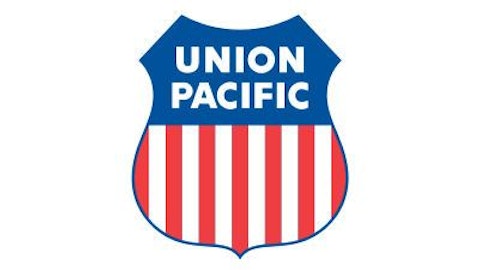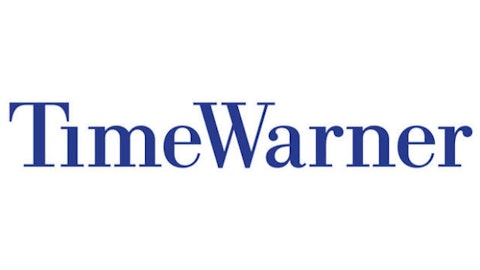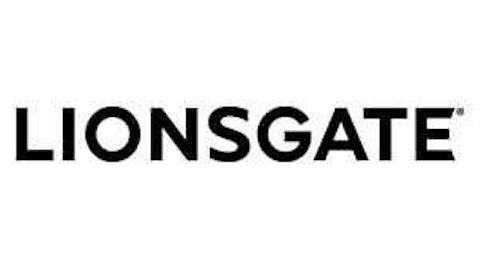Australian-American media mogul Rupert Murdoch recently announced that he will split his company, media conglomerate News Corp (NASDAQ:NWS), into two companies, one housing its promising media business while the other retains its ailing publishing one. This strategy wasn’t surprising, considering that media giants The Walt Disney Company (NYSE:DIS) and Time Warner Inc (NYSE:TWX) have been relying on the growth of their film and televisions businesses, while print media companies such as The New York Times Company (NYSE:NYT) and The Washington Post Company (NYSE:WPO) have been struggling to stay relevant.

Yet for investors, the split will create a far more appealing company while shuffling all of its poorly performing assets into the other. How should investors play this split?
Third quarter revelations
During its third quarter, News Corp (NASDAQ:NWS)’s total revenue surged 13.5% year-on-year to $9.54 billion, while its earnings share fell a cent from the prior year quarter to $0.36. A breakdown of its top line reveals where all its money is coming from.
Business Segment | 3Q Revenue | Y-O-Y Change | % of Total Revenue |
Cable Network Programming | $2.78 billion | +17.1% | 29.1% |
Filmed Entertainment | $2.01 billion | +17.0% | 21.0% |
Publishing | $1.94 billion | -4.3% | 20.3% |
Direct Broadcast Satellite TV | $1.30 billion | +40.8% | 13.6% |
TV Stations | $1.23 billion | +1.4% | 12.9% |
Other | $279 million | +87.2% | 2.9% |
Source: News Corp. 3Q Report, author’s calculations
More than 75% of the company’s top line is generated by its film and television businesses. What’s more, its cable network segment accounts for 70% of the company’s operating income. Therefore, it makes perfect sense to separate its publishing business, which is lagging these other segments as an unrelated business, into its own company.
Old news is now new news
By the end of June, News Corp (NASDAQ:NWS). will split into two separately traded companies – News Corp (NASDAQ:NWS) and 21st Century Fox. News Corp. will retain its publishing business, which includes The Wall Street Journal, Barrons, The New York Post, The Times (UK), publishing house HarperCollins, and aplethora of newspaper publishers in Australia. Murdoch’s friend, Robert Thomson, will take over as the CEO of the new News Corp (NASDAQ:NWS) The board also authorized a $500 million stock buyback of new News Corp. shares after the split.
Meanwhile, Murdoch will stay on as the CEO of the newly formed 21st Century Fox. 21st Century Fox will house Fox, Star TV, MyNetworkTV, National Geographic, FX, Syfy, controlling interests in regional Sky networks, along with its film business, 20th Century Fox. Current News Corp (NASDAQ:NWS) investors will receive shares in both companies.
What this means for News Corp.
Although this split would streamline the focus of both companies, it also addresses major concerns raised by shareholders following the U.K. phone-hacking scandal in 2011. The subsequent investigation revealed that News Corp. journalists had hacked into voicemail accounts, disrupted criminal investigations, and even allegedly bribed members of the U.K. police force. This resulted in Murdoch discontinuing the 168-year old News of the World, which cost the company $42 million in litigation expenses during the quarter. The upcoming separation of the publishing business is expected to cost another $25 million.
Yet the phone-hacking scandal was only a symptom of the main problems facing the newspaper business – waning appeal and the desperation to use sensationalist tabloid stories to boost sales. In the U.K., News Corp. still owns
The Sun and The Times. The Sun and The Times were both once proper broadsheet news publications, but under Murdoch they both shifted to the cheaper tabloid format. Although The Sun still focuses on more sensational stories than The Times, many critics have claimed that the change in these two newspapers reflects a desire to appeal to the lowest common denominator to boost sales.



